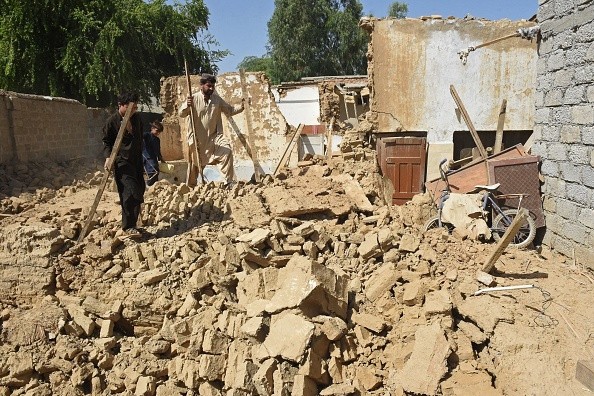The San Andreas fault extends through California and if this fault line breaks, there would be a disastrous impact that could claim many lives, according to a study.

The Major Sections of San Andreas Fault
This continental transform fault is about 800 miles long and runs deep under some of California's most populated areas, such as Daly City, Desert Hot Springs, Frazier Park, and Palmdale, threatening to bring earthquake as two tectonic plates slowly grind against each other.
To explain the dangers of this san Andreas fault, analysis shows the three-section plates in san Andreas trying to move independently past each other in different directions, but two of these plates seem to be rubbing off against each other and are dangerously stuck together.
Once they struggle to break free and it continues and after years or decades there is a breakout, the impact can cause a very severe quake.
If this fault breaks out, it could cause a huge disaster that would lead to fire outbreaks, building collapse, and transportation accidents. From estimation about 1,800 people could lose their lives from the impact.
From recent studies, the center section seems to be the major spot for both previous and recent earthquakes.
Genevieve Coffey, a lead author who carried out the research at Columbia University's Lamont-Doherty Earth Observatory said: "This means we can get larger earthquakes on the central section than we thought, We should be aware that there is this potential, that it is not always just continuous creep," according to Phys.org.
Catastrophic Earthquakes Hosted by San Andreas
In 1906, an earthquake with magnitude 7.9 in san Fransisco killed about 3000 people, it was believed to have been caused by the building scale energy. In 1989, M6.9 Loma Prieta quake killed more than 60 people. In 1994, M6.7 Northridge earthquake near Los Angeles killed about 60 people.
According to research, these earthquakes comes from a small area in the center section near the souhern terminus and is estimated to occur in every 20 years. This estimation might play a great role in study the supposed time of the next earthquake.
Additionally, research shows that heating of rocks can show or detect when the fault moves and can elaborate the size of the upcoming earthquake, as per Independent.
Possibility of Higher Magnitude Earthquakes in Central California
From observations, a blackish, crumbly stuff found in the sedimentary rock lying between 3192 and 3196 meters below the surface shows signs of about 100 earthquakes. These quakes due to the jump in the fault has the magnitude of 6.9 quake which is of the same magnitude as the quake in 1989.
"Ultimately, our work points to the potential for higher magnitude earthquakes in central California and highlights the importance of including the central [San Andreas Fault] and other creeping faults in seismic hazard analysis," the authors wrote.
From recent reports, researcher are figuring methods for early detection of these earthquakes and therefore advice people not to be too alarmed. Although these earthquakes are inevitable, these new methods are working towards positive preparation for the upcoming event.
Related Article : 5 Deadliest Earthquakes Ever Recorded Across the World
For more news, updates about Earthquakes and similar topics don't forget to follow Nature World News!
© 2026 NatureWorldNews.com All rights reserved. Do not reproduce without permission.





